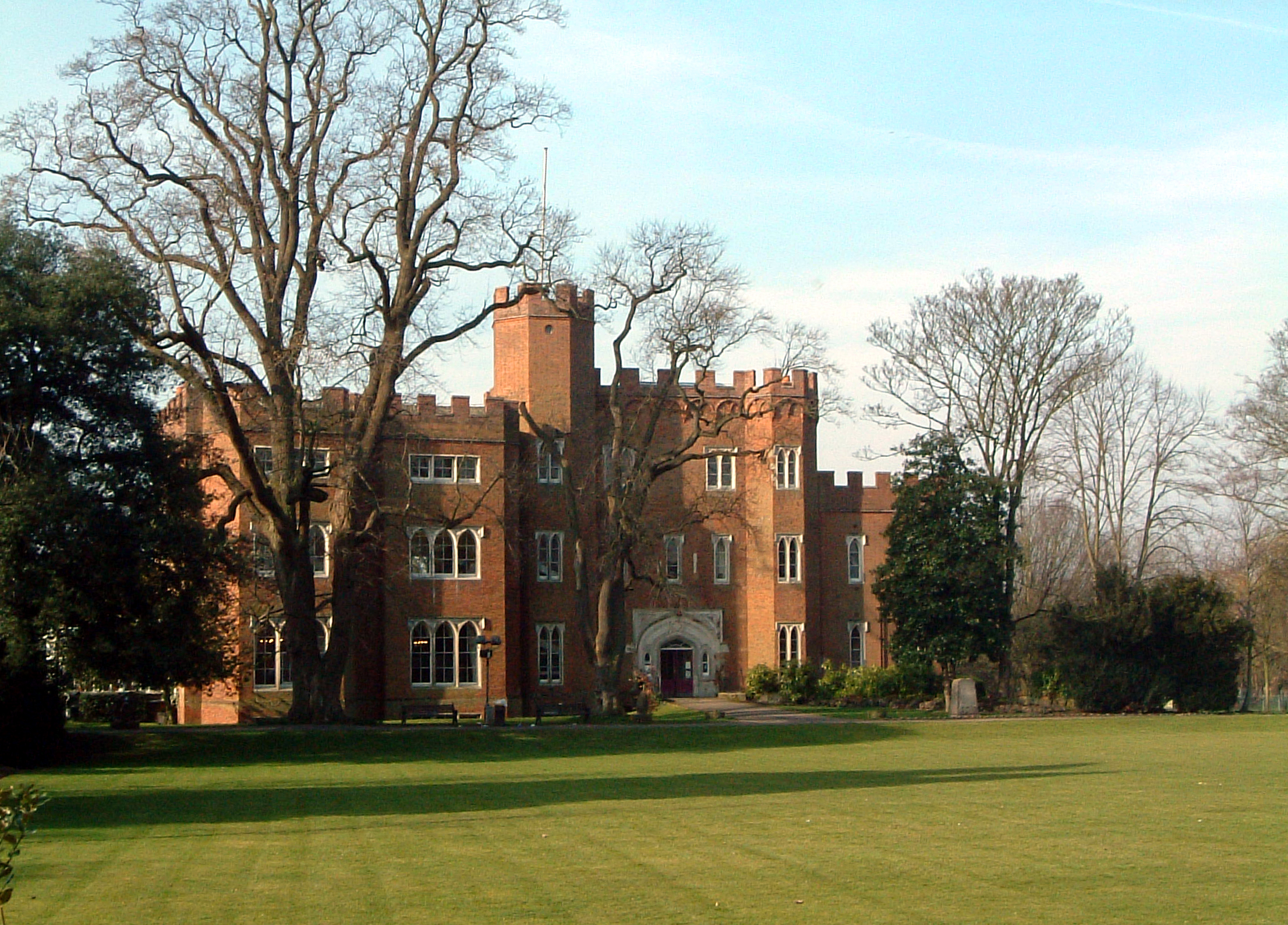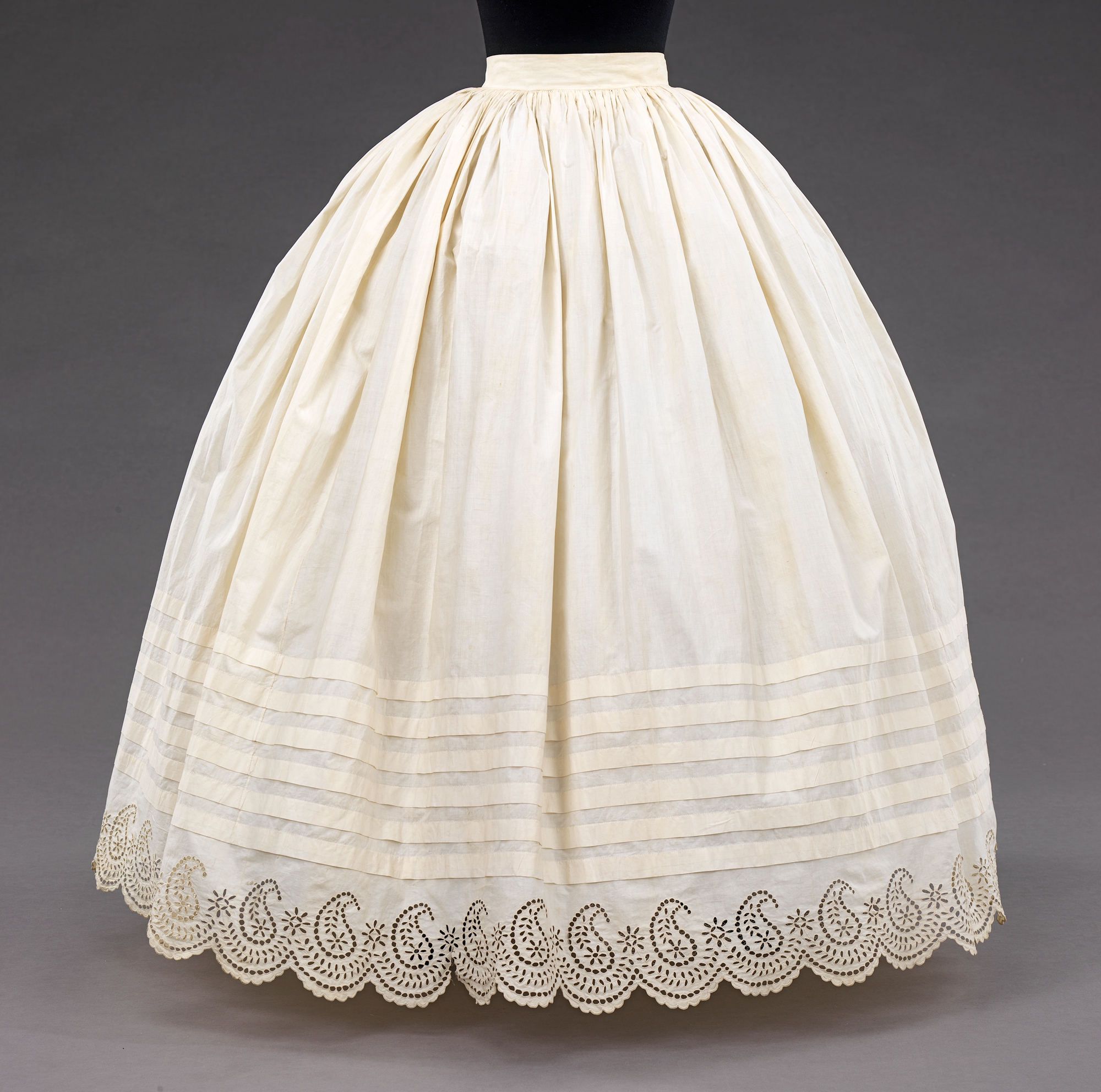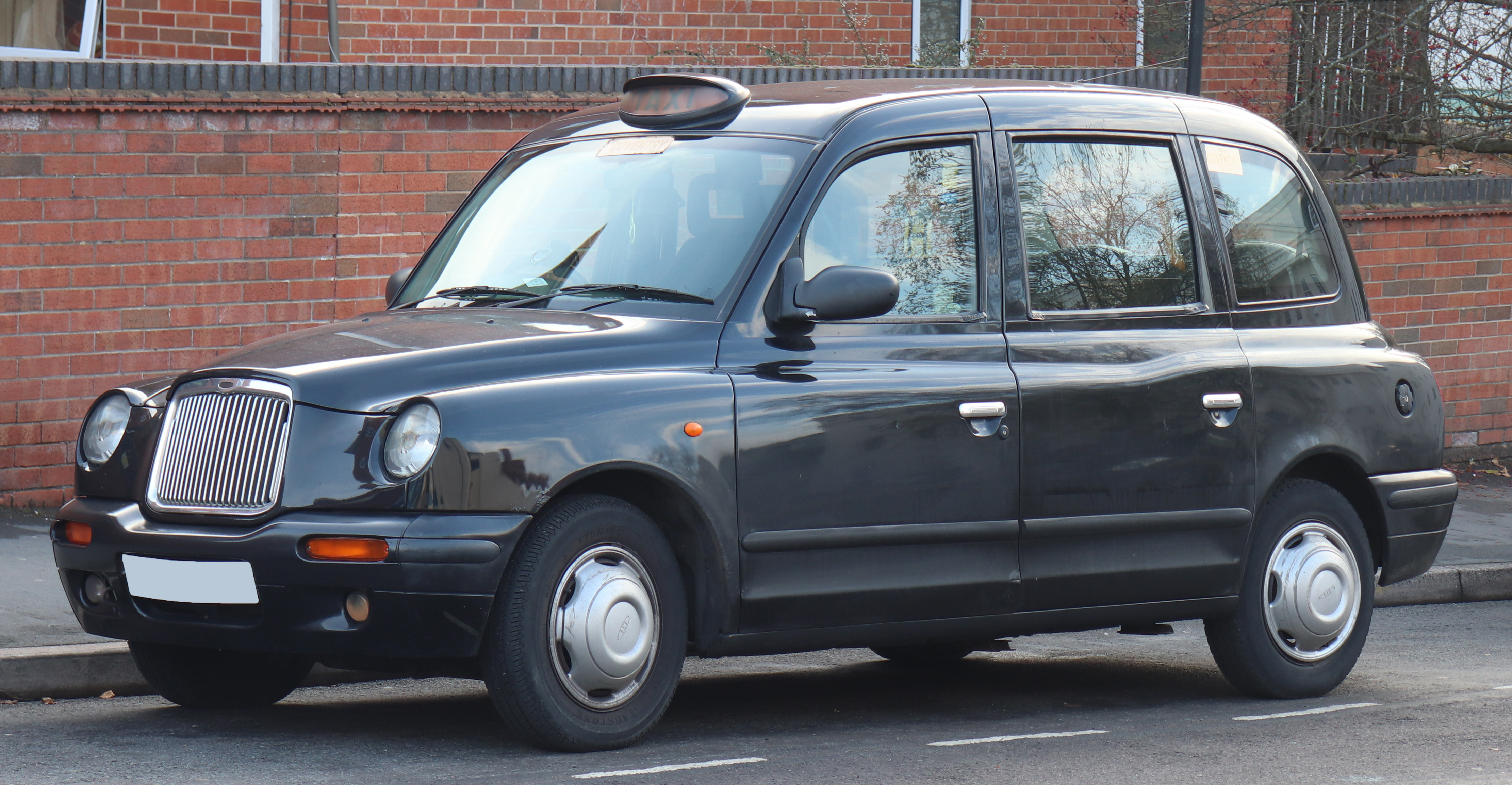|
Elizabeth Canning
Elizabeth Canning (married name Treat; 17 September 1734 – June 1773) was an English maidservant who claimed to have been kidnapped and held against her will in a hayloft for almost a month. She ultimately became central to one of the most famous English criminal mysteries of the 18th century. She disappeared on 1 January 1753, before returning almost a month later to her mother's home in Aldermanbury in the City of London, emaciated and in a "deplorable condition". After being questioned by concerned friends and neighbours she was interviewed by the local alderman, who then issued an arrest warrant for Susannah Wells, the woman who occupied the house in which Canning was supposed to have been held. At Wells' house in Enfield Wash, Canning identified Mary Squires as another of her captors, prompting the arrest and detention of both Wells and Squires. London magistrate Henry Fielding became involved in the case, taking Canning's side. Further arrests were made and several witn ... [...More Info...] [...Related Items...] OR: [Wikipedia] [Google] [Baidu] |
Kingdom Of Great Britain
The Kingdom of Great Britain (officially Great Britain) was a Sovereign state, sovereign country in Western Europe from 1 May 1707 to the end of 31 December 1800. The state was created by the 1706 Treaty of Union and ratified by the Acts of Union 1707, which united the kingdoms of Kingdom of England, England (which included Wales) and Kingdom of Scotland, Scotland to form a single kingdom encompassing the whole island of Great Britain and its outlying islands, with the exception of the Isle of Man and the Channel Islands. The unitary state was governed by a single Parliament of Great Britain, parliament at the Palace of Westminster, but distinct legal systems – English law and Scots law – remained in use. The formerly separate kingdoms had been in personal union since the 1603 "Union of the Crowns" when James VI of Scotland became King of England and King of Ireland. Since James's reign, who had been the first to refer to himself as "king of Great Britain", a political un ... [...More Info...] [...Related Items...] OR: [Wikipedia] [Google] [Baidu] |
London Wall
The London Wall was a defensive wall first built by the Romans around the strategically important port town of Londinium in AD 200, and is now the name of a modern street in the City of London. It has origins as an initial mound wall and ditch from AD 100 and an initial fort, now called Cripplegate fort after the city gate (Cripplegate) that was positioned within its northern wall later on, built in 120-150 where it was then expanded upon by Roman builders into a city-wide defence. Over time, as Roman influence waned through the departure of the Roman army in 410, their withdrawal led to its disrepair, as political power on the island of Great Britain dispersed through the Heptarchy (seven kingdoms) period of Anglo-Saxon England. From the conquest of William the Conqueror, successive medieval restorations and repairs to its use have been undertaken. This wall largely defined the boundaries of the City of London until the later Middle Ages, when population rises and the dev ... [...More Info...] [...Related Items...] OR: [Wikipedia] [Google] [Baidu] |
Enema
An enema, also known as a clyster, is an injection of fluid into the lower bowel by way of the rectum.Cullingworth, ''A Manual of Nursing, Medical and Surgical'':155 The word enema can also refer to the liquid injected, as well as to a device for administering such an injection. In standard medicine, the most frequent uses of enemas are to relieve constipation and for bowel cleansing before a medical examination or procedure; also, they are employed as a lower gastrointestinal series (also called a barium enema), to treat traveler's diarrhea, as a vehicle for the administration of food, water or medicine, as a stimulant to the general system, as a local application and, more rarely, as a means of reducing temperature, as treatment for encopresis, and as a form of rehydration therapy (proctoclysis) in patients for whom intravenous therapy is not applicable. In other contexts, enemas are used by some alternative health therapies, used for enjoyment, chiefly as part of sexual ... [...More Info...] [...Related Items...] OR: [Wikipedia] [Google] [Baidu] |
Apothecary
''Apothecary'' () is a mostly archaic term for a medical professional who formulates and dispenses '' materia medica'' (medicine) to physicians, surgeons, and patients. The modern chemist (British English) or pharmacist (British and North American English) now perform this role. In some languages and regions, the word "apothecary" is still used to refer to a retail pharmacy or a pharmacist who owns one. Apothecaries' investigation of herbal and chemical ingredients was a precursor to the modern sciences of chemistry and pharmacology. In addition to dispensing herbs and medicine, apothecaries offered general medical advice and a range of services that are now performed by other specialist practitioners, such as surgeons and obstetricians. Apothecary shops sold ingredients and the medicines they prepared wholesale to other medical practitioners, as well as dispensing them to patients. In 17th-century England, they also controlled the trade in tobacco which was imported as a me ... [...More Info...] [...Related Items...] OR: [Wikipedia] [Google] [Baidu] |
London Daily Advertiser
London is the capital and largest city of England and the United Kingdom, with a population of just under 9 million. It stands on the River Thames in south-east England at the head of a estuary down to the North Sea, and has been a major settlement for two millennia. The City of London, its ancient core and financial centre, was founded by the Romans as ''Londinium'' and retains its medieval boundaries.See also: Independent city § National capitals The City of Westminster, to the west of the City of London, has for centuries hosted the national government and parliament. Since the 19th century, the name "London" has also referred to the metropolis around this core, historically split between the counties of Middlesex, Essex, Surrey, Kent, and Hertfordshire, which largely comprises Greater London, governed by the Greater London Authority.The Greater London Authority consists of the Mayor of London and the London Assembly. The London Mayor is distinguished from the Lord Mayo ... [...More Info...] [...Related Items...] OR: [Wikipedia] [Google] [Baidu] |
Hertford Road
Hertford ( ) is the county town of Hertfordshire, England, and is also a civil parish in the East Hertfordshire district of the county. The parish had a population of 26,783 at the 2011 census. The town grew around a ford on the River Lea, near its confluences with the rivers Mimram, Beane, and Rib. The Lea is navigable from the Thames up to Hertford. Fortified settlements were established on each side of the ford at Hertford in 913AD. The county of Hertfordshire was established at a similar time, being named after and administered from Hertford. Hertford Castle was built shortly after the Norman Conquest in 1066 and remained a royal residence until the early seventeenth century. Hertfordshire County Council and East Hertfordshire District Council both have their main offices in the town and are major local employers, as is McMullen's Brewery, which has been based in the town since 1827. The town is also popular with commuters, being only north of central London and connecte ... [...More Info...] [...Related Items...] OR: [Wikipedia] [Google] [Baidu] |
Bedlam Hospital
Bethlem Royal Hospital, also known as St Mary Bethlehem, Bethlehem Hospital and Bedlam, is a psychiatric hospital in London. Its famous history has inspired several horror books, films and TV series, most notably '' Bedlam'', a 1946 film with Boris Karloff. The hospital is closely associated with King's College London and, in partnership with the Institute of Psychiatry, Psychology and Neuroscience, is a major centre for psychiatric research. It is part of the King's Health Partners academic health science centre and the National Institute for Health and Care Research (NIHR) Biomedical Research Centre for Mental Health. Founded in 1247, the hospital was originally near Bishopsgate just outside the walls of the City of London. It moved a short distance to Moorfields in 1676, and then to St George's Fields in Southwark in 1815, before moving to its current location in Monks Orchard in 1930. The word " bedlam", meaning uproar and confusion, is derived from the hospital's nicknam ... [...More Info...] [...Related Items...] OR: [Wikipedia] [Google] [Baidu] |
Bedgown
A bedgown (sometimes bed gown, bedjacket or shortgown) is an article of women's clothing for the upper body, usually thigh-length and wrapping or tying in front. Bedgowns of lightweight printed cotton fabric were fashionable at-home morning wear in the 18th century. Over time, bedgowns (also called in this context shortgowns) became the staple upper garment of British and American female working-class street wear from the 18th to early 19th centuries, worn over petticoats and often topped with an apron. Made of sturdy cotton, linen, wool or linsey-woolsey, these bedgowns were simply cut to a T-shaped pattern, and were worn overlapped in front or with the front skirts cutaway. The term "bed gown" to describe this item of clothing was used as late as 1876. In the Welsh spelling ''betgwn'', the bedgown is part of traditional Welsh costume. Bedgowns lingered as fashion garments into the mid-20th century, usually under the newer name ''bedjackets'', in the form of short robes or wrapp ... [...More Info...] [...Related Items...] OR: [Wikipedia] [Google] [Baidu] |
Petticoat
A petticoat or underskirt is an article of clothing, a type of undergarment worn under a skirt or a dress. Its precise meaning varies over centuries and between countries. According to the ''Oxford English Dictionary'', in current British English, a petticoat is "a light loose undergarment ... hanging from the shoulders or waist". In modern American usage, "petticoat" refers only to a garment hanging from the waist. They are most often made of cotton, silk or tulle. Without petticoats, skirts of the 1850s would not have the volume they were known for. In historical contexts (16th to mid-19th centuries), ''petticoat'' refers to any separate skirt worn with a gown, bedgown, bodice or jacket; these petticoats are not, strictly speaking, underwear, as they were made to be seen. In both historical and modern contexts, ''petticoat'' refers to skirt-like undergarments worn for warmth or to give the skirt or dress the desired attractive shape. Terminology Sometimes a petticoat may be ... [...More Info...] [...Related Items...] OR: [Wikipedia] [Google] [Baidu] |
Chemise
A chemise or shift is a classic smock, or a modern type of women's undergarment or dress. Historically, a chemise was a simple garment worn next to the skin to protect clothing from sweat and body oils, the precursor to the modern shirts commonly worn in Western nations. Etymology The English word ''chemise'' is a loanword from the French word for shirt and is related to the Italian ''camicia'' or Latin ''camisia'', which, according to Elizabeth Wayland Barber, is likely derived from Celtic. History The chemise seems to have developed from the Roman ''tunica'' and first became popular in Europe in the Middle Ages. Women wore a shift or chemise under their gown or robe; while men wore a chemise with their trousers or ''braies'', and covered the chemises with garments such as doublets, robes, etc. Until the late 18th century, a chemise referred to an undergarment. It was the only underwear worn until the end of the Regency era in the 1820s, and was usually the only piece of ... [...More Info...] [...Related Items...] OR: [Wikipedia] [Google] [Baidu] |
Hackney Coach
A hackney or hackney carriage (also called a cab, black cab, hack or London taxi) is a carriage or car for hire. A hackney of a more expensive or high class was called a remise. A symbol of London and Britain, the black taxi is a common sight on the streets of the UK. The hackney carriages carry a roof sign TAXI that can be illuminated at night to indicate their availability for passengers. In the UK, the name ''hackney carriage'' today refers to a taxicab licensed by the Public Carriage Office, local authority (non-metropolitan district councils, unitary authorities) or the Department of the Environment depending on region of the country. In the United States, the police department of the city of Boston has a Hackney Carriage Unit, analogous to taxicab regulators in other cities, that issues ''Hackney Carriage'' medallions to its taxi operators. Etymology The origins of the word hackney in connection with horses and carriages are uncertain. The origin is often attributed ... [...More Info...] [...Related Items...] OR: [Wikipedia] [Google] [Baidu] |
Houndsditch
Houndsditch is a street running through parts of the Portsoken and Bishopsgate Without wards of the City of London; areas which are also a part of the East End of London. The road follows the line of the outside edge of the ditch which once ran outside the London Wall. The road took its name from the section of ditch between Bishopsgate and Aldgate. The name may derive from the widespread dumping of rubbish in this stretch of ditch; relating to the dumping of dead dogs, or the scavenging of the waste by feral dogs. History A ditch was dug outside Londinium's defensive wall by the Romans but was subsequently filled in and obliterated. The Danes under Cnut the Great constructed a town ditch to control access to the city. The ditch was reputedly known as a dumping ground for dead dogs, and a legend also recalls that Cnut had the body of infamous English traitor Eadric Streona dragged through the city by his heels, burnt with torches and then decapitated. His body was then ignomini ... [...More Info...] [...Related Items...] OR: [Wikipedia] [Google] [Baidu] |





.jpg)



